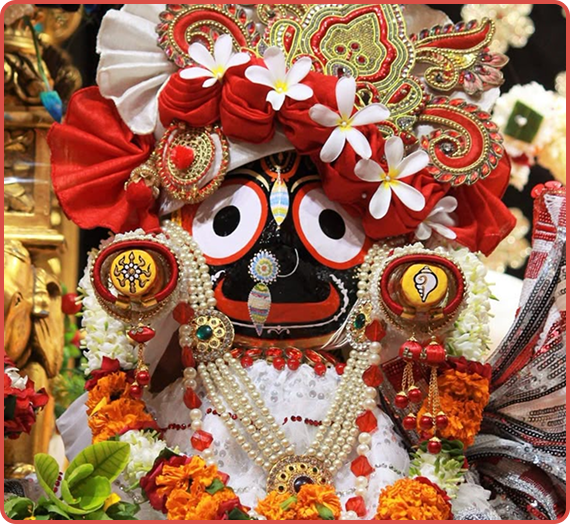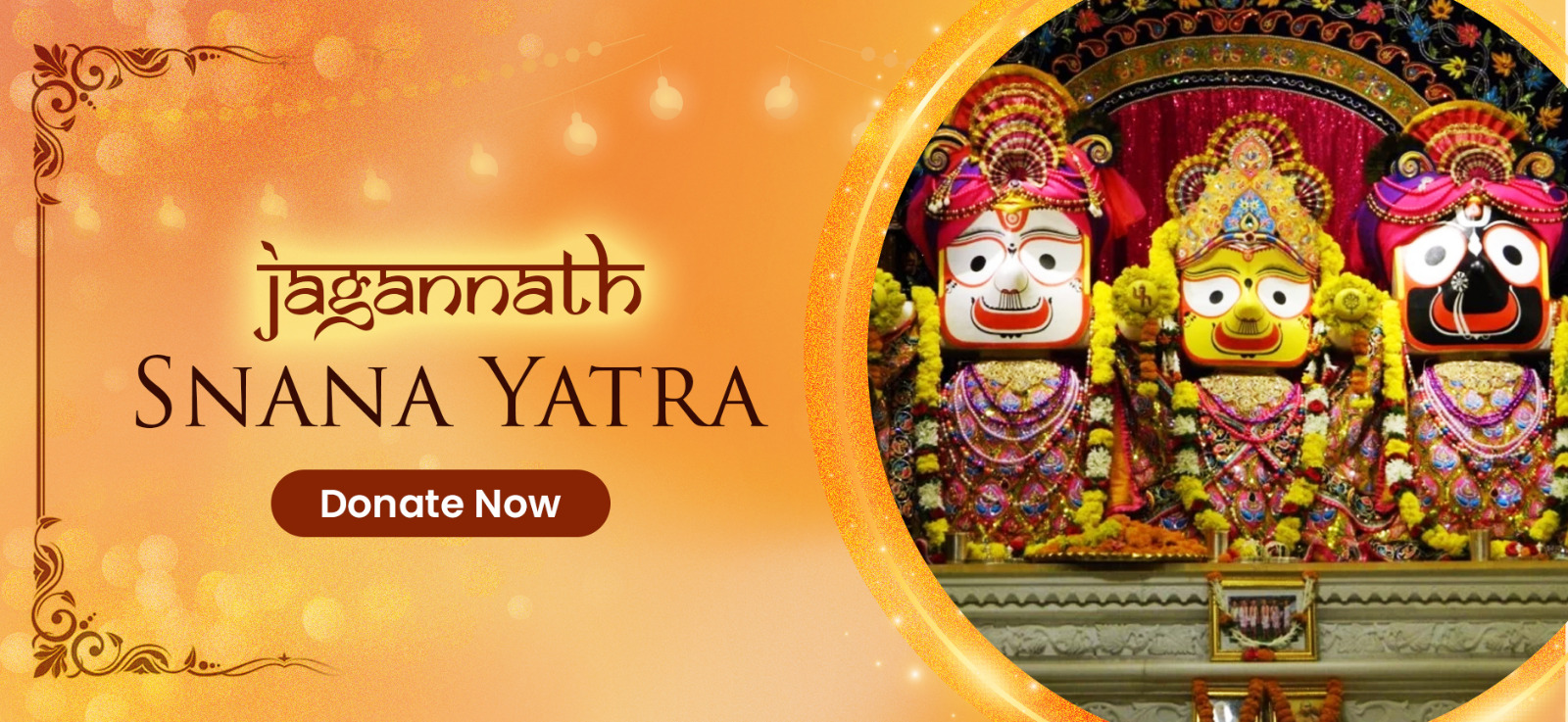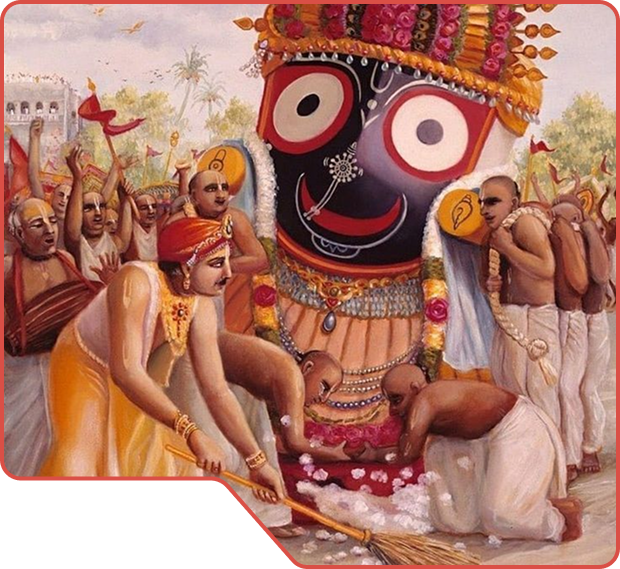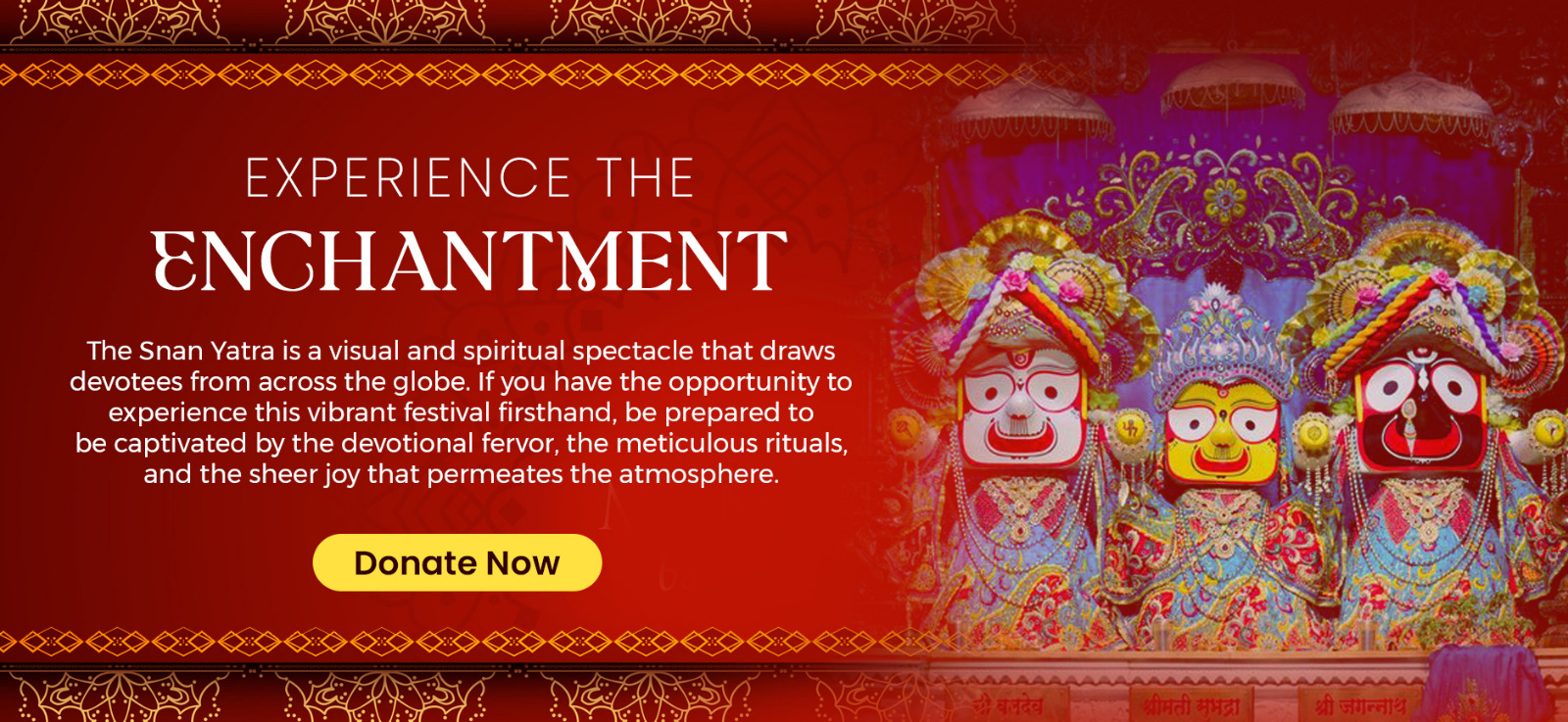The Enchanting Snana Yatra
A Celebration of Divinity and Renewal. The Snana Yatra, also known as Dev Snana Purnima, is a vibrant and spiritually significant festival observed in the Hindu calendar. It falls on the Purnima (full moon) day of the Jyeshtha month, which typically coincides with June or July. This year, it falls on June 11th, 2025. Centered around the holy city of Puri, Odisha, the festival celebrates the bathing ceremony of the revered deities – Lord Jagannath, his brother Balabhadra, sister Subhadra, and the divine discus Sudarshana – housed in the iconic Jagannath Temple.
A Celebration Steeped in Tradition

A Celebration Steeped in Tradition
The origins of Snana Yatra trace back centuries, possibly to the 12th century. The festival holds immense importance for Vaishnavas, devotees of Lord Vishnu. Legends associated with the festival weave a fascinating narrative. One popular story recounts the appearance day of Lord Jagannath being commemorated on this day. Another tale explains the significance of the bathing ritual. It is believed that a devotee, Ganapati Bhatta, expected Lord Jagannath to resemble Lord Ganesha. Disappointed by the deity’s form, he planned to leave Puri. Lord Jagannath, understanding the devotee’s pure heart, appeared in the form of an elephant-headed deity in the evening, fulfilling Ganapati Bhatta’s wish and establishing the tradition of the Snana Yatra.
Choose your SEVA
Your support can help us serve thousands of hungry souls across Delhi with hot, nutritious, and sanctified meals. Be a part of this divine mission donate today and spread the warmth of compassion.
The Ritual Unfolds
The Snana Yatra is not just a one-day event; it’s a meticulously planned, multi-day festival. Here’s a glimpse into the key rituals:





